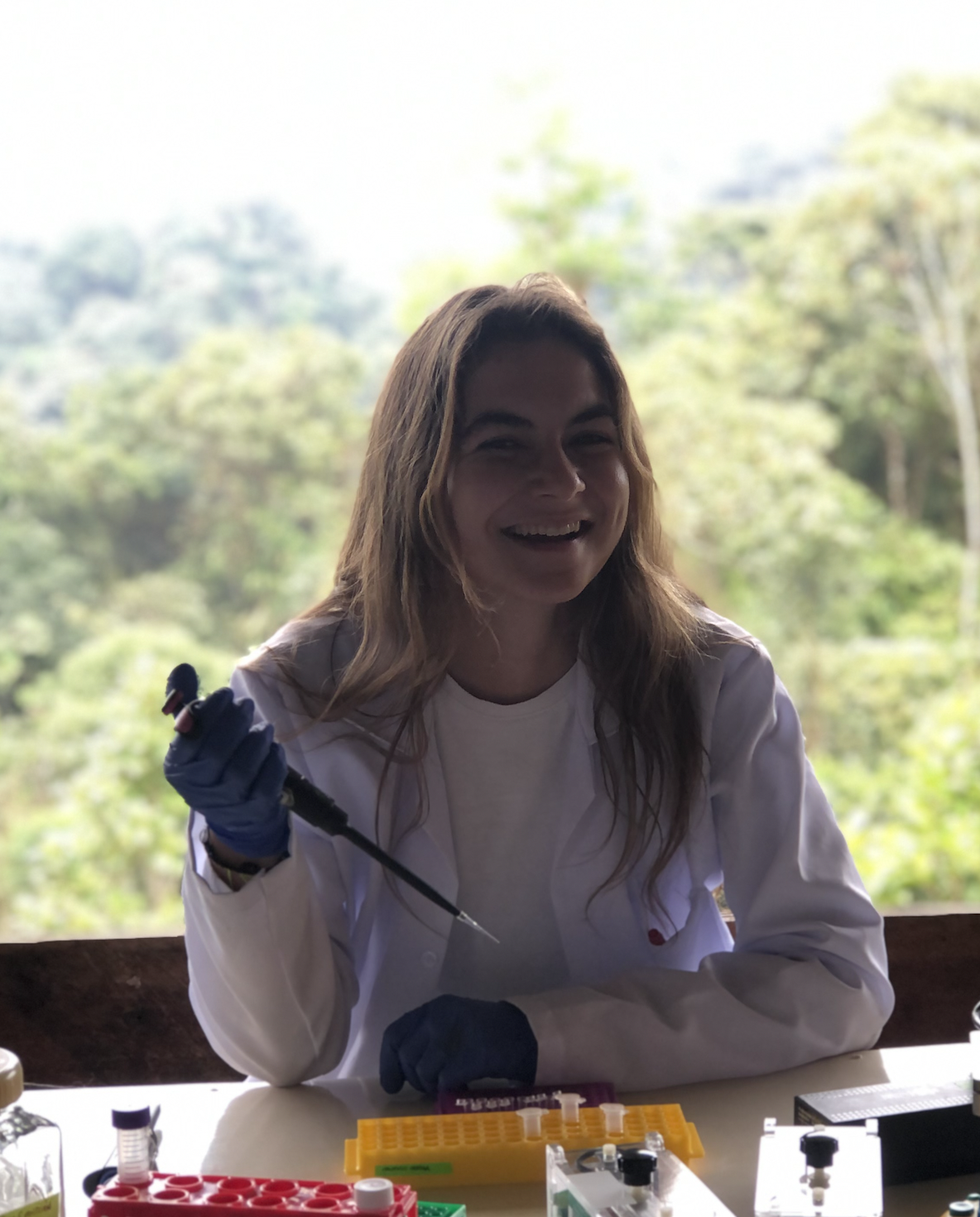

May 2025

Abstract:
Icy moons like Europa and Enceladus are key targets for astrobiology, as their subglacial oceans might harbour hydrothermal systems analogous to Earth's deep-sea hydrothermal vents. To support the comparative habitability study of such environments through metagenomic mining, we compiled a manually curated catalogue of 348 metabolic functions and 256 physiological gene-encoded adaptations relevant to the most probable physicochemical conditions on icy moons. These were integrated into "Enceladupedia", a public database and user-friendly annotation tool designed to facilitate systematic analysis of astrobiology-relevant features in metagenomes from analogue sites. Building on this, we analysed for the first time 31 metagenomes from Red Sea hydrothermal vents—Earth analogues to Enceladus. Gene- and genome-centric analyses revealed metabolically versatile, chemosynthetic communities adapted to various probable stressors. Contrary to expectations, methanogenesis based on hydrogen was not dominant; instead, acetogenesis and alternative methanogenic pathways prevailed, along with methane oxidation and sulfate and iron reduction. Additionally, individual draft genomes were proposed as astrobiological models for isolation. These findings offer a first systematic look at iron-rich hydrothermal ecosystems through an astrobiological lens, providing both genomic resources and biological insights to inform future efforts to detect life and assess habitability beyond Earth.
Bio:
While studying Biology, Paula developed a keen interest in life beyond Earth, exploring life as a probable universal phenomenon. She deepened this passion through courses at the Astronomy Institute at São Paulo University and by participating in workshops, symposia, and conferences organized by the European Space Agency, the International Astronomical Union, and NASA, gaining a comprehensive perspective on the possibilities of extraterrestrial life. In parallel, her research on pressure-loving microorganisms from deep-sea hydrothermal vents led her to investigate these extreme environments as analogs of subglacial environments of icy moons. At KAUST, her master’s thesis applies bioinformatic methods to study the Red Sea’s active hydrothermal vent microbiomes in this context for the first time.